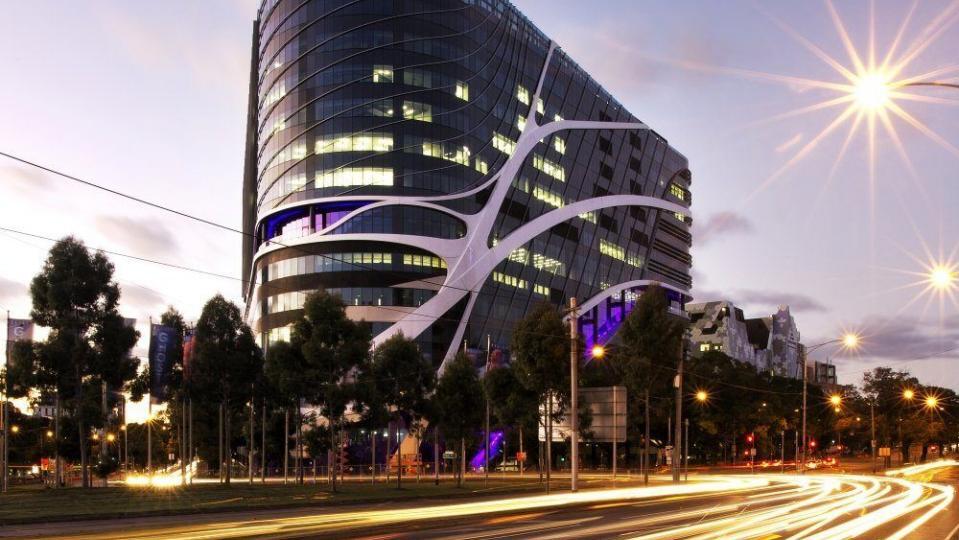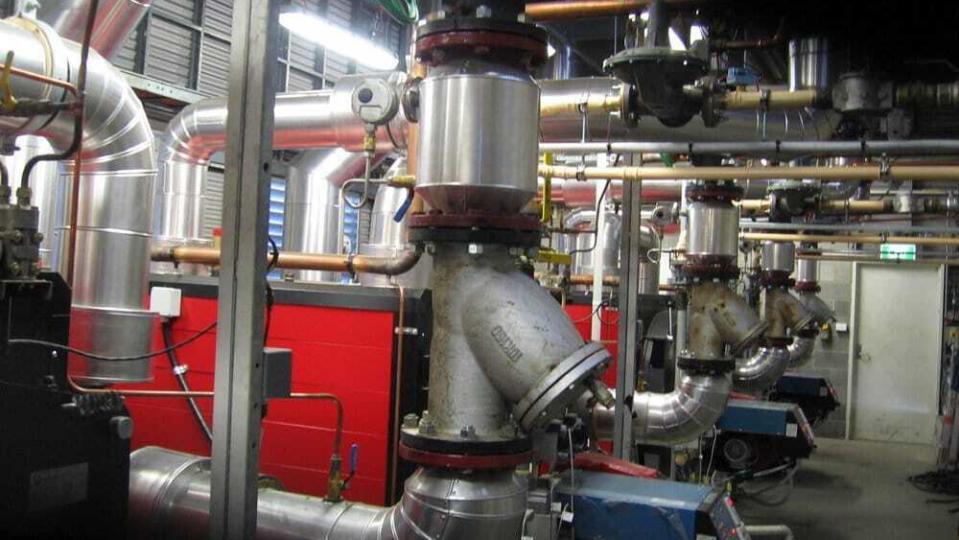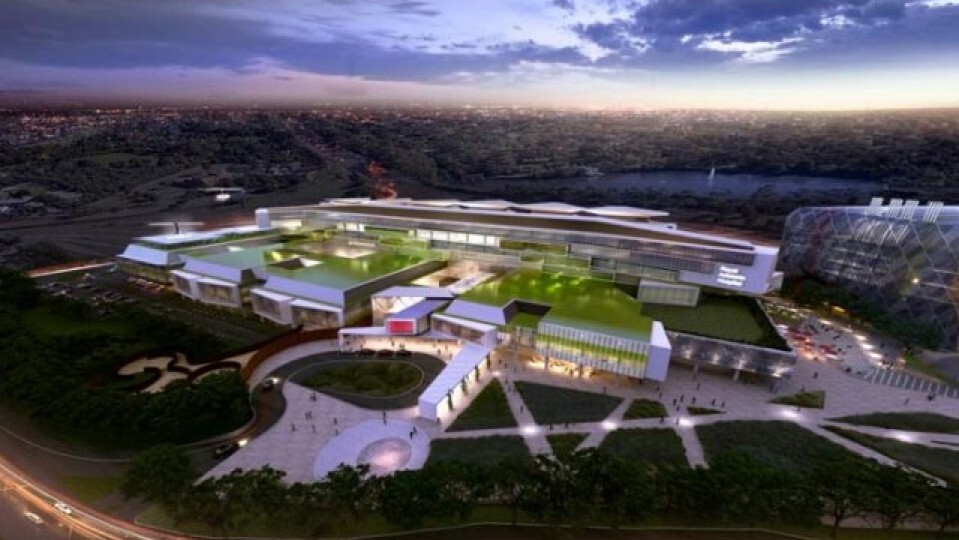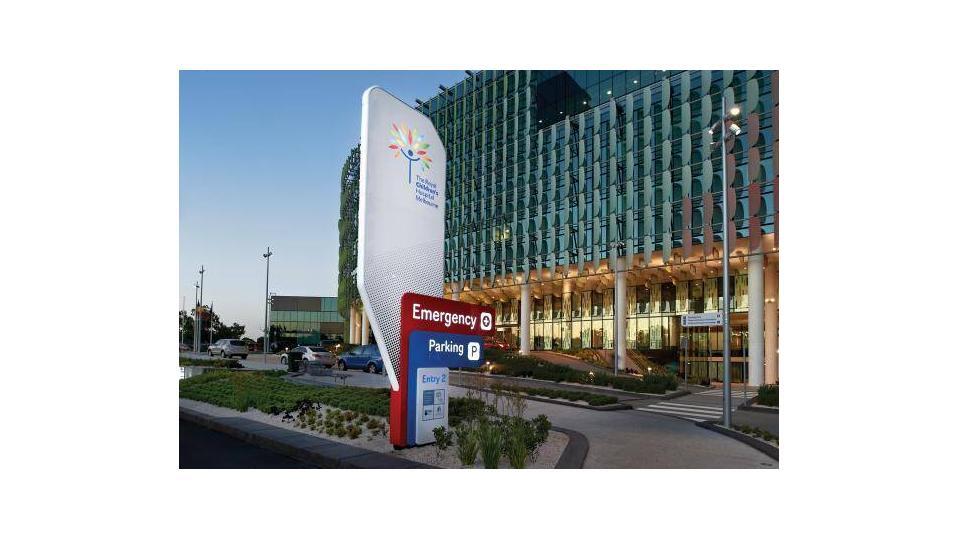Where redundancy is required for critical heating processes, such as the ongoing operation of health care facilities, dual fuel burners can provide uninterrupted operation in the event of a primary fuel disruption.
In some applications where boilers provide heating hot water, domestic hot water and steam – such as hospitals and industrial processes – any loss of these critical processes can have a detrimental impact on the health of patients, or the bottom line of business.
It’s why most critical process systems are required to have N+1 redundancy, where components (N) have at least one independent backup component (+1) in an active/passive or standby configuration.
Alternatively, redundancy is provided in an active-active configuration.
And while most boiler plants will have a backup system of some kind, when it is a fuel loss or disruption rather than plant breakdown that disrupts business-as-usual operations, a backup boiler that relies on the same fuel won’t provide any level of redundancy.
For this reason, selecting boilers that can operate on dual fuels provides the ultimate in redundancy.
Dual fuels
Boilers typically use one of three fuels – natural gas, LPG or light oil – depending on their location.
In Australia’s capital cities, natural gas is the preferred fuel for boilers due to its clean burning, lower greenhouse gas emissions and continuous supply.
Where critical processes exist, the use of a dual fuel boiler that can utilise the constant supply of natural gas in normal operation, and switch to a secondary fuel source in the event of a natural gas supply failure, provides a high level of redundancy.
This is generally light oil (diesel), as it is commonly stored on site to be used by generators in the event of electrical failure, but might also via an onsite LPG tank.
The two-week long gas supply shortage that occurred in Victoria in 1998 highlights why natural gas supply should never be taken for granted. The crisis was estimated to have cost industry $1.3 billion.
In areas where natural gas is not supplied, a dual fuel boiler that can operate on LPG as a primary fuel, but also operate on a secondary fuel such as light oil, not only provides redundancy in the event of a fuel disruption, but also offers the advantage of being able to use the cheapest fuel at any given time.
Arizona boilers
Automatic Heating’s Arizona boilers have been designed to operate efficiently on dual fuels when combined with the Enterprise Dual Fuel Power Burner that can operate using natural gas, LPG or light oil.
The burner features automatic fuel changeover and an onboard electronic combustion manager.
The Arizona boiler is a high output boiler made entirely of carbon steel. A scotch marine boiler, it features three combustion gas passes, with the wet back of the cylindrical combustion chamber improving heat exchange between the combustion gases and the water.
The boiler has been designed such that combustion gas passes through the tubes at very high speed and turbulence, which is accentuated by specially designed turbofans that also help heat exchange.
This combination provides modulation of 1:5, and a gross efficiency of 85-87%. An add-on economiser allows even greater efficiencies to be achieved.
The Arizona is available in 150kW to 5000kW models, with the option of cascading the boilers together to meet large capacity requirements.
Dual fuel applications
Automatic Heating is pleased to have been involved in a number of high profile projects where dual fuel is providing redundancy to critical processes.
These include the new Royal Adelaide hospital where six 3000kW Arizona boilers are operating across two identical plant rooms (for redundancy) on natural gas, with light oil used as the secondary fuel source for N+1 redundancy.
Similarly, the Launceston General Hospital is served by an Arizona boiler set that operates on natural gas, with LPG used as a secondary, standby fuel.
Other projects to also be using dual fuel Arizona boilers include the recently completed Victorian Comprehensive Cancer Centre, and the Perth Children’s Hospital and Monash Children’s Hospital – both under construction.
ARIZONA ADVANTAGES
Made of carbon steel
The carbon steel construction allows the boiler to operate at different powers within a set range.
Three combustion gas passes
The cylindrical chamber has a wet back to improve heat exchange between the combustion gases and the water. The front door is lined with specially shaped firebrick to make it easier for the combustion gas to enter the tubes. The combustion gas passes through the tubes at very high speed and turbulence before entering the rear smoke chamber.
Increased heat exchange
Combustion gas turbulence is accentuated by specially designed turbofans that help increase heat exchange.
Projects using Dual Fuel Boilers for redundancy
Want more information? Automatic Heating offers a free energy usage appraisal, technical advice and no-obligation consultations on system designs. Contact us at sales@www.automaticheating.com.au or call 1800 337 959.




